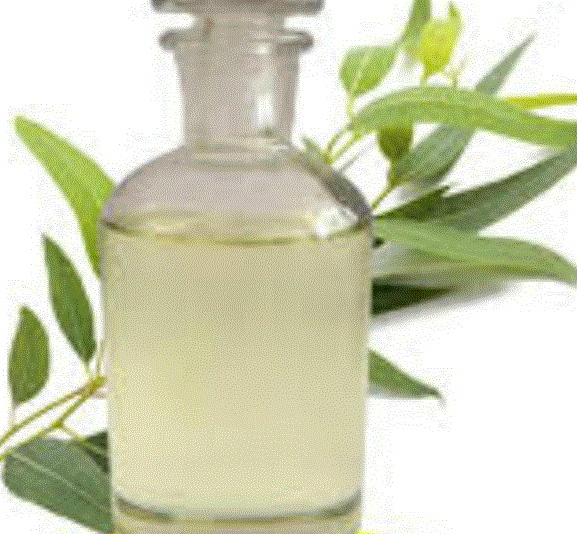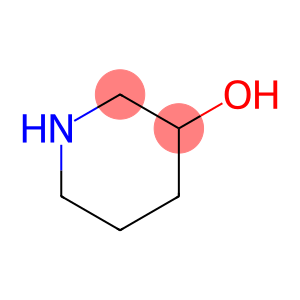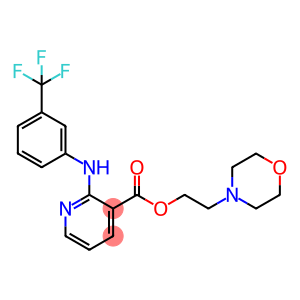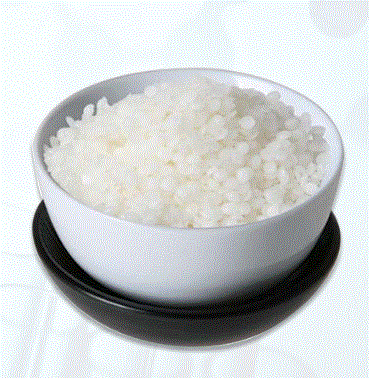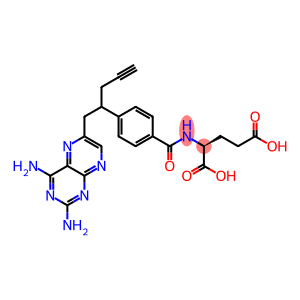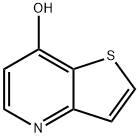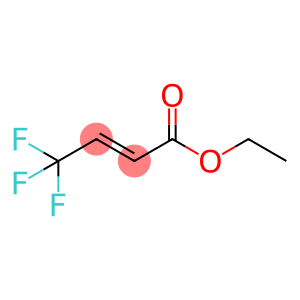Eucalyptus oil(CAS#8000-48-4)
| Hazard Symbols | Xi – Irritant |
| Risk Codes | R10 – Flammable R38 – Irritating to the skin |
| Safety Description | S16 – Keep away from sources of ignition. S26 – In case of contact with eyes, rinse immediately with plenty of water and seek medical advice. S36 – Wear suitable protective clothing. |
| UN IDs | UN 1993 3/PG 3 |
| WGK Germany | 2 |
| RTECS | LE2530000 |
| HS Code | 33012960 |
| Hazard Class | 3.2 |
| Packing Group | III |
| Toxicity | The acute oral LD50 value of eucalyptol was reported as 2480 mg/kg in the rat (Jenner, Hagan, Taylor, Cook & Fitzhugh, 1964). The acute dermal LD50 in rabbits exceeded 5 g/kg (Moreno, 1973). |
Introduction
Lemon eucalyptus oil is an essential oil extracted from the leaves of the lemon eucalyptus tree (Eucalyptus citriodora). It has a lemon-like aroma, fresh and has an aromatic character.
It is commonly used in soaps, shampoos, toothpaste, and other fragrance products. Lemon eucalyptus oil also has insecticidal properties and can be used as an insect repellent.
Lemon eucalyptus oil is usually extracted by distillation or cold-pressing leaves. Distillation uses water vapor to evaporate essential oils, which are then collected by condensation. The cold-pressing method directly squeezes the leaves to obtain essential oils.
Write your message here and send it to us


